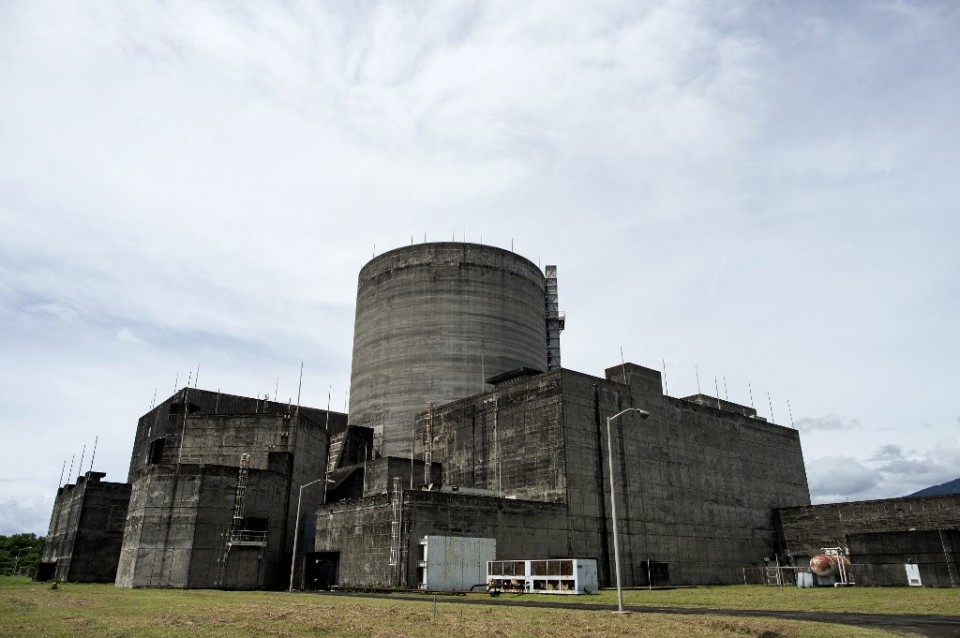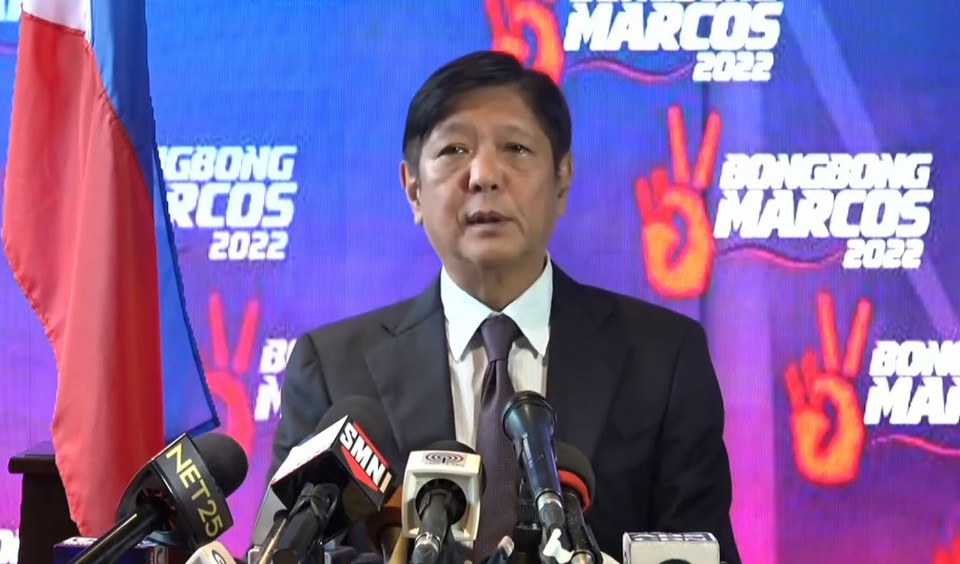PHL president-elect Marcos in nuclear plant revival talks with S.Korea
PHL president-elect Marcos in nuclear plant revival talks with S.Korea
on May 23, 2022
More in National:
-
PHL bags 52 gold medals, ranking 4th in SEA Games
May 23, 2022 -
DOTr eyeing full operations of MRT-7 by 2023
May 23, 2022 -
Seven killed after fire engulfs Philippine ferry
May 23, 2022

MANILA, Philippines (AFP) — Philippine president-elect Ferdinand Marcos signalled his determination to adopt nuclear power Monday, May 23, holding talks with South Korea’s envoy on possibly reviving a mothballed $2.2 billion plant built during his father’s regime.
The 620-megawatt Bataan Nuclear Power Plant was left dormant after the elder Marcos was toppled in 1986.
In the run-up to the May 9 presidential election, Marcos Junior spoke about the need for nuclear power to address exorbitant electricity costs in the country.
He left open the possibility of resuscitating his father’s failed venture — an idea he is now pushing ahead of his June 30 inauguration.
Marcos said he met South Korean Ambassador to Manila Kim Inchul on Monday to discuss a proposal on reviving the Bataan plant.

“Can we continue with it or do we need to build a new one? What are the things that we will have to do?” Marcos told a news conference after the meeting.
“So we revived the discussions on it, although they have come before. We will now study their recommendations and their findings, and we will see if we can still apply,” he added.
Studies by South Korean and Russian experts showed it was possible to get the plant working again, Energy Secretary Alfonso Cusi told a Senate hearing in 2020.
But upgrading an ageing facility fitted with outdated analogue technology could take at least four years and cost another $1 billion.


There are also question marks on its design and location.
The plant sits 80 kilometres (50 miles) west of Manila, near several volcanoes in a part of the Philippines regularly shaken by earthquakes.
“If we are going to industrialize post-pandemic, we are going to go through rapid industrialisation, then the power sector must be ready for that,” Marcos said.
Building a new power plant from scratch would take three to seven years, he added.
Outgoing President Rodrigo Duterte issued an executive order earlier this year making nuclear power part of the country’s planned energy mix.
The Philippines — regularly affected by electricity outages — relies on imported carbon-belching coal for more than half of its power generation.
Supporters of nuclear power say the technology offers a cleaner option to help meet demand.
But critics argue that renewable sources, such as wind and solar, are cheaper and safer to produce in a country hit by earthquakes, typhoons and volcanic eruptions.
© Agence France-Presse
